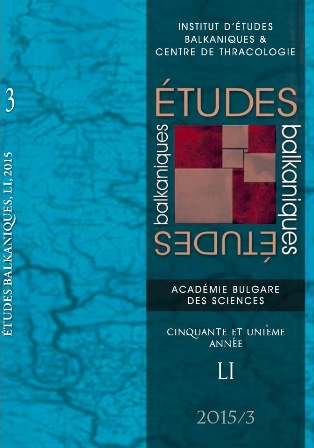Comparative Banking Performance in Eastern Europe in the Interwar Period
Comparative Banking Performance in Eastern Europe in the Interwar Period
Author(s): Žarko LazarevićSubject(s): History, Comparative history, Economic history, Interwar Period (1920 - 1939)
Published by: Институт за балканистика с Център по тракология - Българска академия на науките
Keywords: Banks; Banking Performance; Eastern Europe; Interwar Period;
Summary/Abstract: The article is focused on the comparative banking performance in Eastern Europe in the interwar period. Business performance was measured in the mid‑1920s, at the peak of the business cycle in the interwar period (1929 or 1930), in the years of the Great Depression (1932 and 1935), and on the eve of World War II. The following indicators were used for measurement of banking performance: return on assets (ROA); return on equity (ROE); as well as indicator of capital ratio and partly also cost effectiveness. Included are the banking sectors in Greece, Bulgaria, Yugoslavia, Romania, Hungary, Czechoslovakia and Poland, in accordance with the currently available information. The categories analyzed attest to significant differences between the individual countries as well as to the extraordinary position of the Czechoslovak state and its banking as the economically and socially most developed in the region. In other countries, especially in South‑eastern Europe, the uncompetitive environment with great demand and highly fragmented supply of loans allowed for a high profitability of capital. On the other hand, it hindered the swifter economic development. The excessive transfer of funds from debtors to creditors had obvious consequences for the social and economic development in the Eastern European region.
Journal: Études balkaniques
- Issue Year: 2015
- Issue No: 3
- Page Range: 150-177
- Page Count: 28
- Language: English
- Content File-PDF

